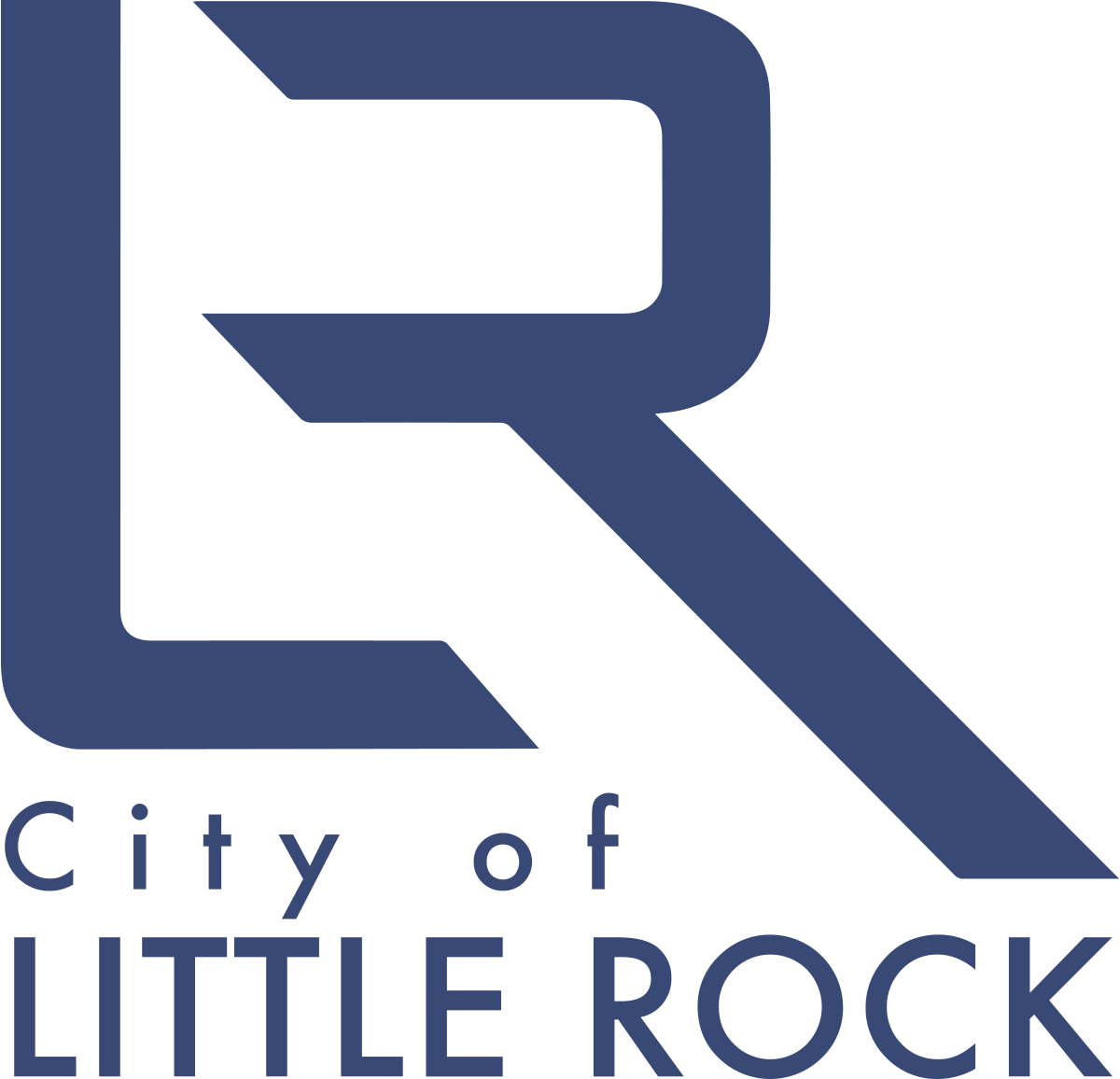
An HR Consulting & Executive Search Firm driven by science and research
Named to 2021 & 2022 Forbes List of Best Executive Search Firms in America
Partners in Talent
Mackenzie Eason is a consulting firm focused on Talent Acquisition, Development, Culture and Executive Search. We are committed to making our clients better through their people. Founded in 2004, we’ve conducted over 500 executive searches from Director to C-level. We pride ourselves on being a boutique search firm with global capabilities. We know that no matter if it’s hiring, growing, or developing leaders… People are the biggest factor in every company’s success.
Our approach is driven by science and research above all. Hiring, Managing, and Performance of Talent is a Science, and we are focused on using the science of Industrial and Organizational Psychology to better our clients. Because of what we do, our clients outperform in the market.
Clients
At Mackenzie Eason, we have worked with Fortune 50 companies and large public sector clients, including higher education, K-12 education, and municipalities and county governments across the United States. Our commitment to understanding the unique needs of both candidates and organizations ensures a tailored approach that fosters successful placements and lasting partnerships.
Our strength relies on our process of reaching the top candidates, no matter the industry, and our ability to help facilitate seamless interviews that find the right candidate. We are driven to go beyond the traditional search model that only delivers active candidates. We use a targeted approach to provide a slate of passive, top-tier candidates. Talent acquisition is no longer just about finding talent- it is about finding the best talent in the marketplace that fits within an organization’s unique culture, core values, and vision.
















Get in touch.
For inquiries about our services or to discuss your specific needs, please reach out to us. We look forward to collaborating with you to achieve your goals in public sector talent acquisition. Your success is our priority.

